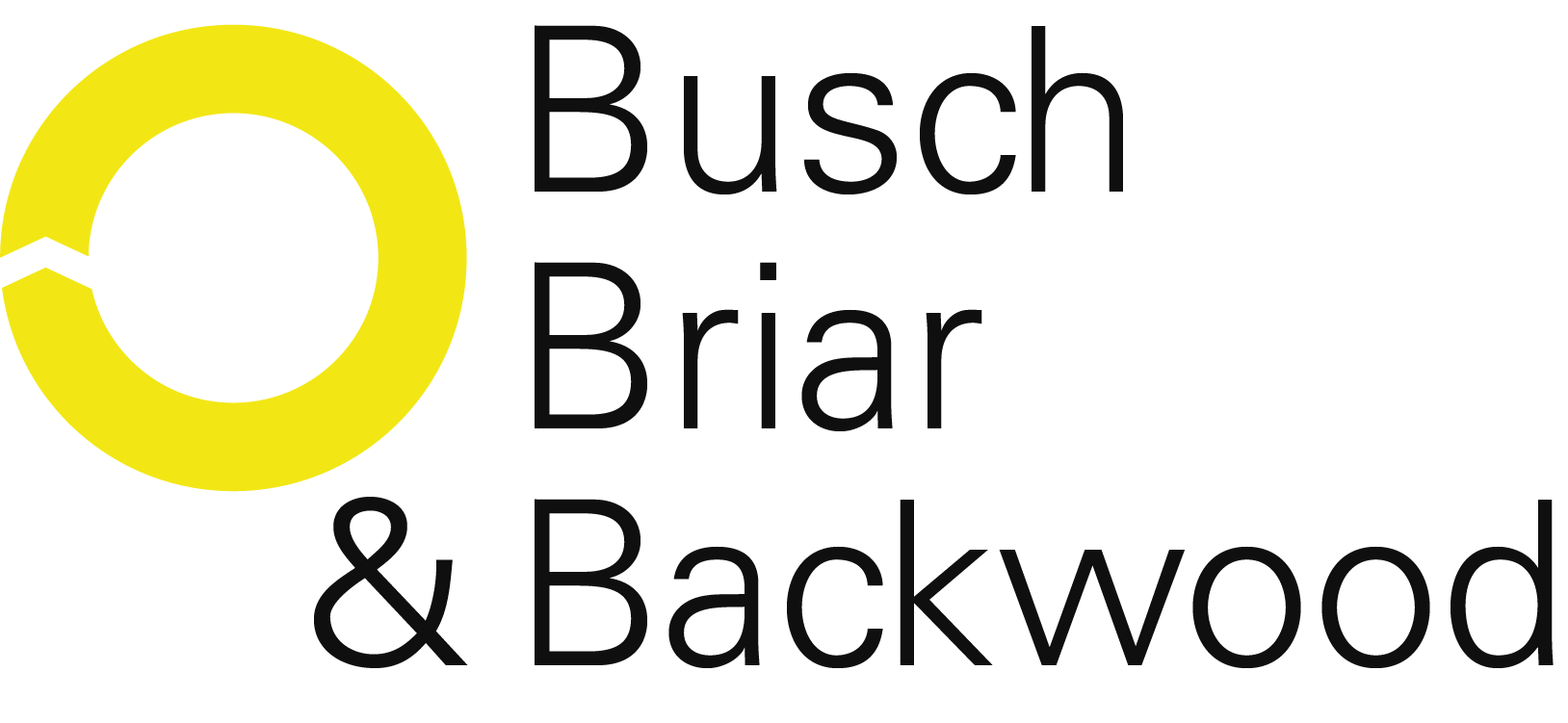
Earlier this week I attended an Adobe event on what seemed to be the platform to advertise their new partnership with Microsoft Dynamics 365 and their own AI tool, Sensei. In itself interesting stories where all speakers shared common ground: experience is the new marketing. To create those mind-blowing customer experiences, marketing software solutions are indispensable. At least remarkable is, that the obvious answer to the question “what is the typical level of investment involved as to software licenses and the implementation?” is of a ‘beat around the bush’ nature. Why?
Today’s common practice
Usually, commercial presentations wipe you off your feet. Neat stories showing brands their holy grail. With an attractive rate per user per month and a cost of ownership ballpark figure. Arguments that make it pretty hard to say ‘no’. With the ink of the contract scarcely dry, it’s time to go to work: drawing up a backlog of functional and technical requirements. Sizing the number of users and modules. Start implementation. Create custom connections. And somewhere during the implementation, it is quite annoying for companies to see they are heading towards substantial budget overruns. Leaving a bad taste in their mouths. Even though the software serves its purpose. With, consequently, eroding customer satisfaction rates.
The obvious arguments
Of course, there are sound arguments for these types of project budget overruns:
- “This is something we did not anticipate, so that will be extra”
- “To disclose that particular functionality you need an additional module”
- “The client is coming up with additional requirements while we’re halfway down the road”
- “We’re facing progressive insights and must build extra connections and workarounds”
- “The project is getting out of hand owing to poor Product Ownership”
Sure, but what about your responsibility as the consulting and software implementation specialist those same clients hire because YOU are ……… the specialist?
What’s against price transparency?
Funny enough, everybody turns indignant when running into all kinds of additional costs in the online check-out process while booking one’s holiday. Ground enough for (inter)national authorities to stipulate price transparency for consumers and making it official. So, why not show more transparency in software sales?
When dealing with Magic Quadrant players, clients are well aware of the related price tags. I mean: when you want to play NBA you know you need deep pockets to contract guys like Stephen Curry. And: with the double-digit conversion increase projection, you’re talking revenue instead of cost. So, building a business case should not be that hard. And, it is always better to take the pain right away instead of later on during the project when the pain will keep on soaring, ruining positive moods. Obviously killing for customer experience and NPS. So, drop the smoke curtains, be more transparent in pricing and customer experience will be your own part.
If you agree, please by all means like or share.
